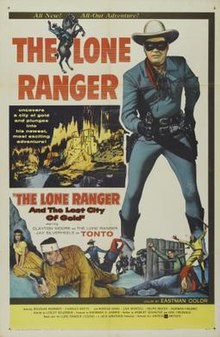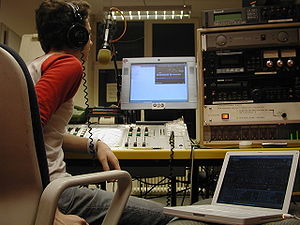
Image via Wikipedia
Broadcasting has played an important role in American history, helping to shape out entertainment experiences and knowledge of the world around us. From the radio to the Internet, it has been a vital part of shaping our society.
Broadcasting first played a truly important role during the era of World War II. People could now listen in their homes to news of battles along the front, hear politicians give speeches live and to listen to a variety of shows. It was a critical part of helping to keep the country’s morale high during hard times and keeping them informed. Radio at this time also began to broadcast play-by-play announcing of popular sporting events, such as baseball and football. Music was also a popular thing to listen to.
When television came onto the scene, broadcasting took on a whole new appearance. Now Americans are to black and white, then color broadcasts of news, sports and popular shows. Children’s programming became a new genre for the major broadcasting companies to take advantage of with shows such as Howdy Doody and The Lone Ranger.
Vietnam was one of the first conflicts to be broadcasted in detail on the news in color, bringing the horrors of war into American homes. In the present day broadcasting has fully embraced the world and technology of the Internet, with blogs, websites and more for people to explore. Broadcasting will continue to make its mark on American history as events and technology continue to change.



